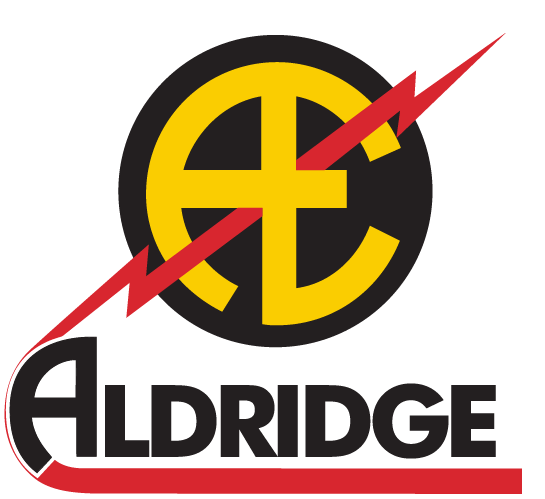Safety is a top value at Aldridge. Our goal is to be an incident and injury free (IIF) organization, and achieving that goal requires a commitment to safety at all levels of our business. This goal is also a journey. It is with this mentality that we frequently revise and develop our means and methods to identify hazards and mitigate those exposures.
One significant hazard in our industry is working alongside live traffic. According to the Bureau of Labor Statistics, transportation incidents and workers struck by vehicles or mobile equipment account for the highest number of fatal work injuries. Statistics like these push Aldridge to set our own regulations, which often go above OSHA’s recommended standards as well as the Manual for Uniform Traffic Control Devices. We also feel strongly that the sharing of best practices will reduce incidents and injuries industry-wide. So, we have listed some of the policies, which have aided in reducing incidents and injuries.
TRUCK-MOUNTED ATTENUATOR TRUCKS
The Aldridge Employee Safety Handbook (Rev 3.2), which is reviewed and signed off on by each employee, contains detailed information about all Aldridge safety policies, including protective vehicle usage. An attenuator truck or protective vehicle is required as a preventative method, as it provides a barrier between a work crew and moving traffic.
Aldridge’s Protective Vehicle Policy exceeds OSHA guidelines and sets the bar above industry standards to protect our workers and everyone around us.
CRANE & RIGGING POLICY
If work involves crane operations, an aerial lift bucket, or an arm extending over an open traffic lane or shoulder, the area below must be closed to traffic and properly barricaded with proper Shoulder Variance Permits in place. We ensure the center of gravity when performing lifts - using three contact points and approaching with a crane from the side instead of the front. Additionally, our subject matter expert must complete and approve a pre-lift checklist that goes over the maintenance of traffic (MOT) & method of procedure (MOP).
MAINTENANCE OF TRAFFIC (MOT) PERMIT POLICY
It is the purpose of this plan to secure the safety and protection of Aldridge and subcontractor employees, the public, and property and equipment when engaged in work adjacent to or encroaching upon a roadway.
The MOT Permit is a management tool to instruct and assist in recognizing and defining hazards for mitigation and compliance with applicable local ordinances, regulations, and standards for traffic control design and for activities in a work zone.
The permit is required under the following conditions:
The work zone or construction obstacles are located within 15 feet of the active travel way, and the prevailing speed or posted speed (whichever is greater) of the roadway is 45 MPH or greater.
When crews are working within 500 feet of the exit ramp boundary or near merge areas.
It is determined necessary by project-specific work zone protection plans.
--
Through our Making Safe Decisions™ approach, our Seeing module focuses on noticing exposure. This is where we teach our employees about FAST Brain / SLOW Brain. The first phase of every human action is perception, usually through vision. You cannot manage hazards that you have not seen. In fast brain mode, our actions are automatic, unconscious, effortless, routine, intuitive or habit-driven, and emotional or reactive. Our decisions become deliberate, conscious, effortful/draining, new/complex, and analytical by moving into a slow brain approach. Even slow brain actions can be impaired by fatigue, illness, or stress. Additionally, we use the B.E.G.I.N. strategy, which teaches employees to breathe, energize, go big picture, intensify focus, and notice broadly and deeply. Reviewing a job site using B.E.G.I.N. pushes us to be in slow brain mode, resulting in higher Good Catches and fewer incidents.
It is important to develop new safety methodologies as we continue our IIF journey and as we grow and learn as a company and as an industry. Activities in a work zone can be dangerous, and by encouraging highway best practices, we can consciously transition from Fast Brain mode and into Slow Brain mode when planning and performing our work.









